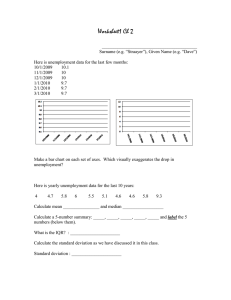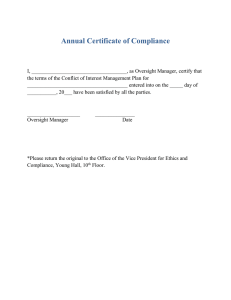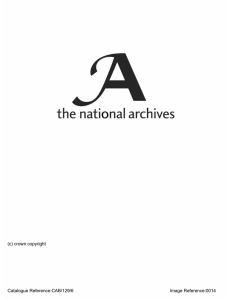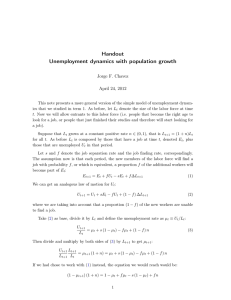Hi
advertisement
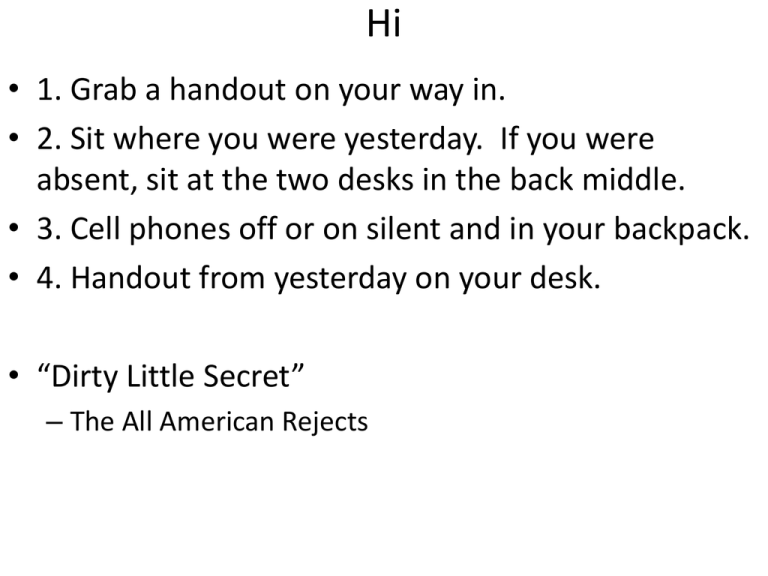
Hi • 1. Grab a handout on your way in. • 2. Sit where you were yesterday. If you were absent, sit at the two desks in the back middle. • 3. Cell phones off or on silent and in your backpack. • 4. Handout from yesterday on your desk. • “Dirty Little Secret” – The All American Rejects • Patron records = records of library visitors (library patrons are simply people who use the library) • Library footprint = what you’ve done in a library – A “footprint” in the mud is your mark on a trail in the woods. Your library footprint is your mark in that library • PATRIOT Act requires libraries to keep and turn over records of its patrons upon demand, without warrant Task 1 • 1. July 2012 cell phone service challenged the constitutionality of an NSL, result was increased Congressional oversight (more monitoring by elected officials in Congress) • 2. 5 bullet points on 189 • 3. 8,500 • 4. 250,000 Task 2 • Increase oversight (PATRIOT Act enforced by unelected gov’t officials, Congressional reps are elected, so more oversight means more protection from elected officials • More safeguards • Allow adversaries to appear against gov’t in court • Considering proposals to: – Restrict NSA from secretly collecting calling records – Create permanent staff of lawyers for public – Allow outside groups to file amicus briefs (testimony from a group not a party in the case • Companies to archive calling records, not gov’t to require a warrant to get access • Changes to Section 215 – Reducing length of time records are held (5 years) – Reduce scope of investigation Task 3 • • • • • Phone records Emails Texts Chats Videos Task 4 In 1-2 sentences, summarize unemployment from the end of WWI to the beginning of trickle down economics in 1922. ____________________________________________________________________________________________________ ____________________________________________________________________________________________________ In 1-2 sentences, summarize unemployment from the end of WWI to the beginning of trickle down economics in 1922. 1918 – 3% 1922 – 9% ____________________________________________________________________________________________________ At the end of WWI, unemployment was at around 3%, then tripled to 9% by 1922, and TDE brought a decline in unemployment shortly thereafter. ____________________________________________________________________________________________________ Does this picture seem to support or oppose the idea of Trickle Down Economics? How can you tell? *Be as specific as humanly possible! Use and identify what you see in the drawing! Don’t assume that I know that you know it. PROVE to me that you know it! _____________________________ _____________________________ _____________________________ Oppose: Person at top who needs help least gets the most; person who needs most aid gets least. In between, the amount of water (aid) gets lower as the need for it gets higher The artists’ point is that TDE fails to provide adequate aid to those who need it the most.

